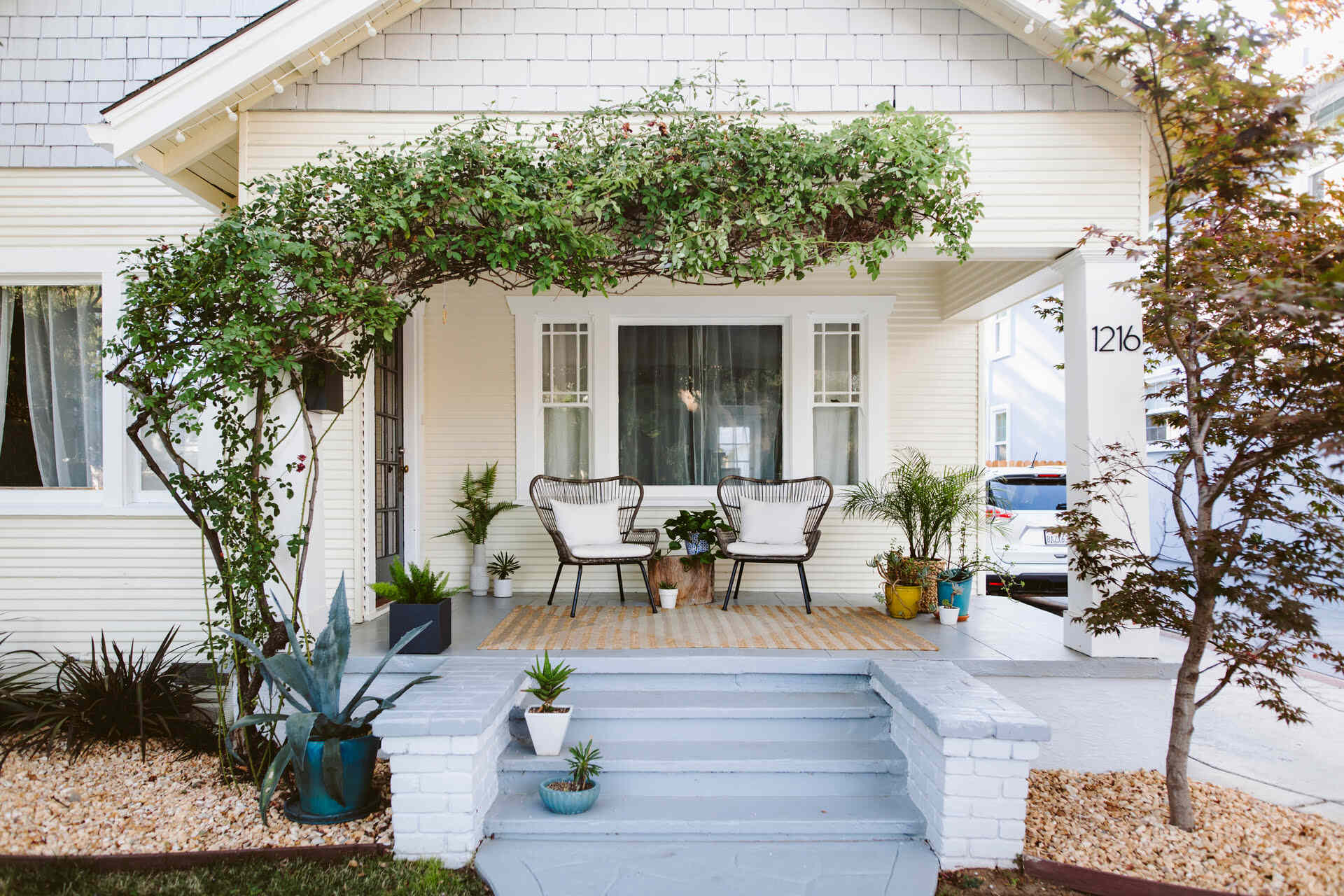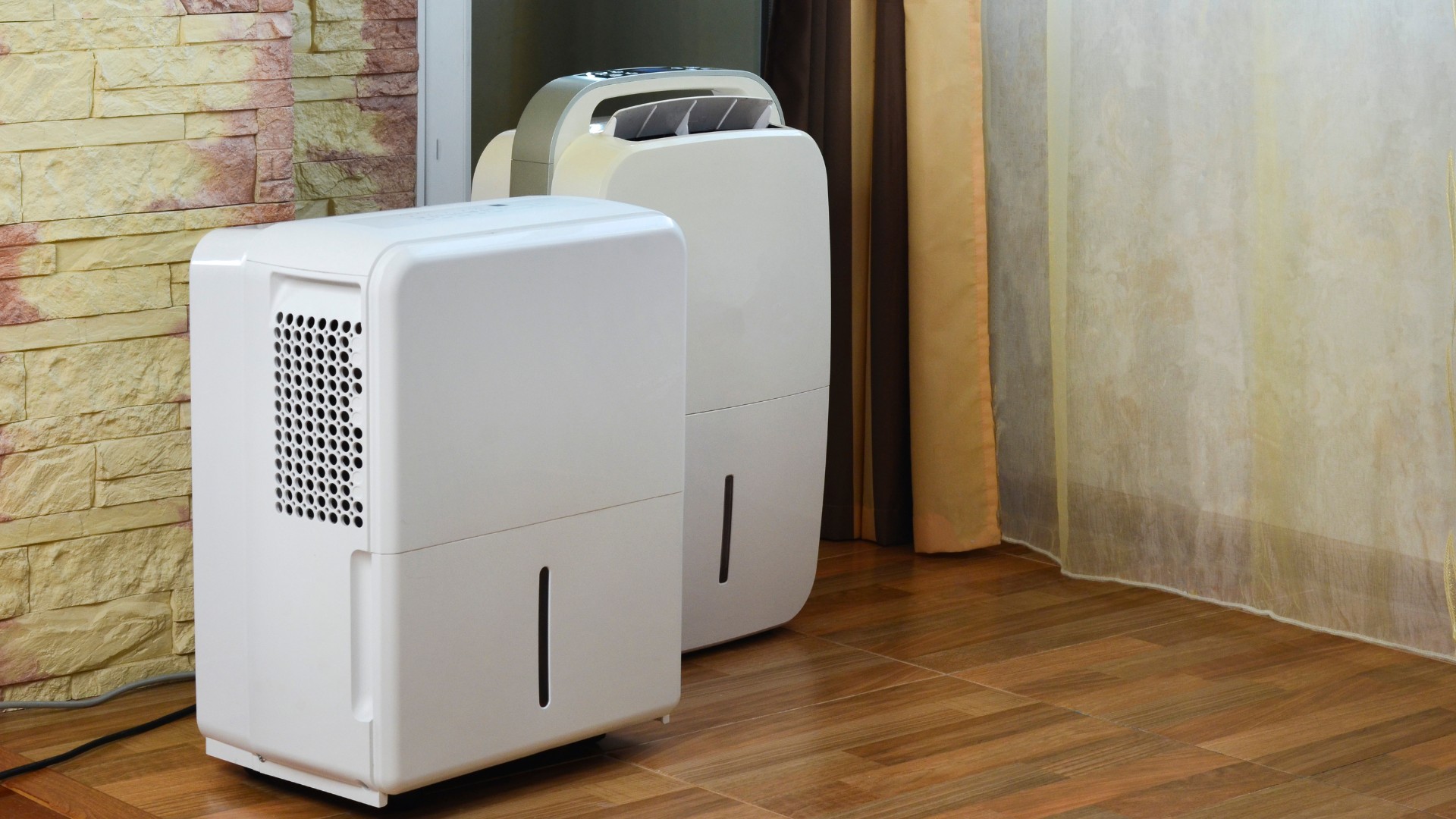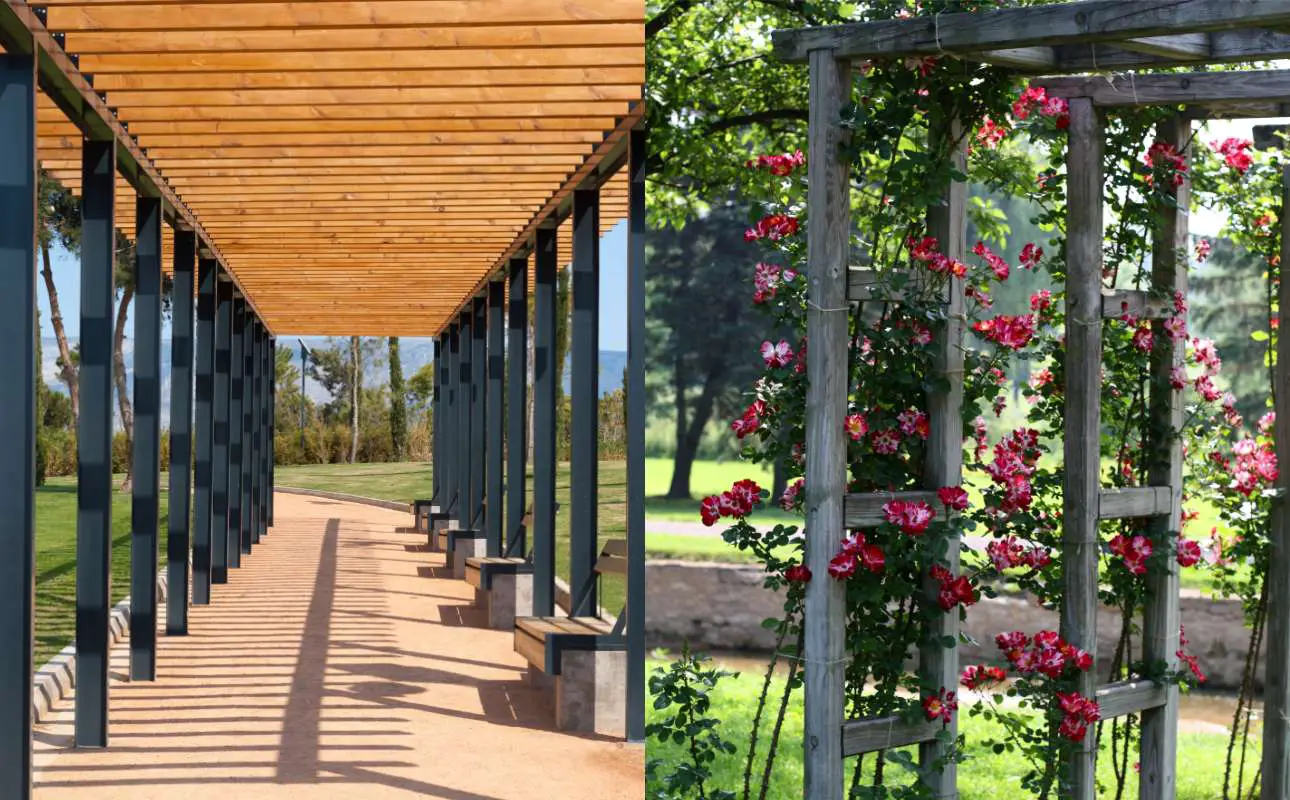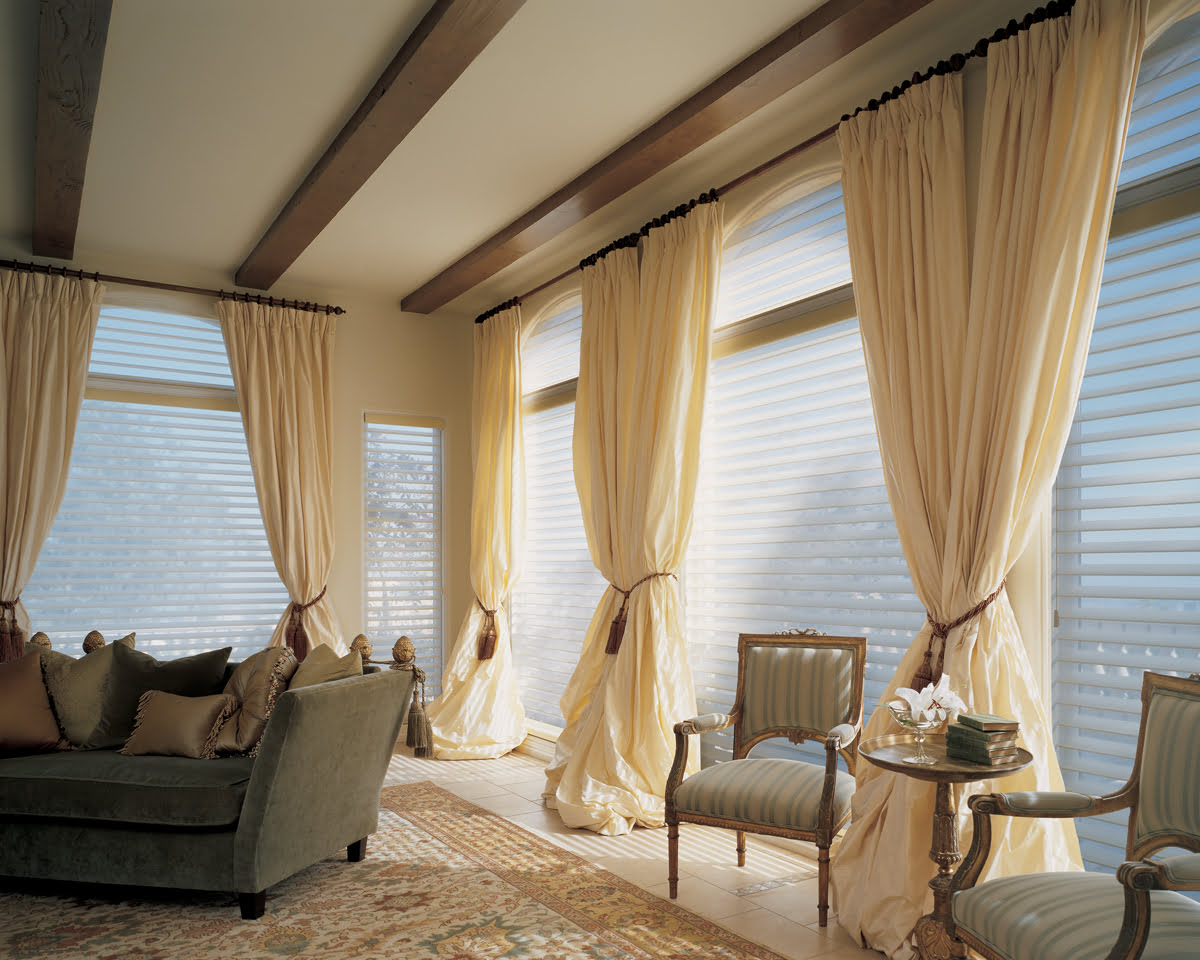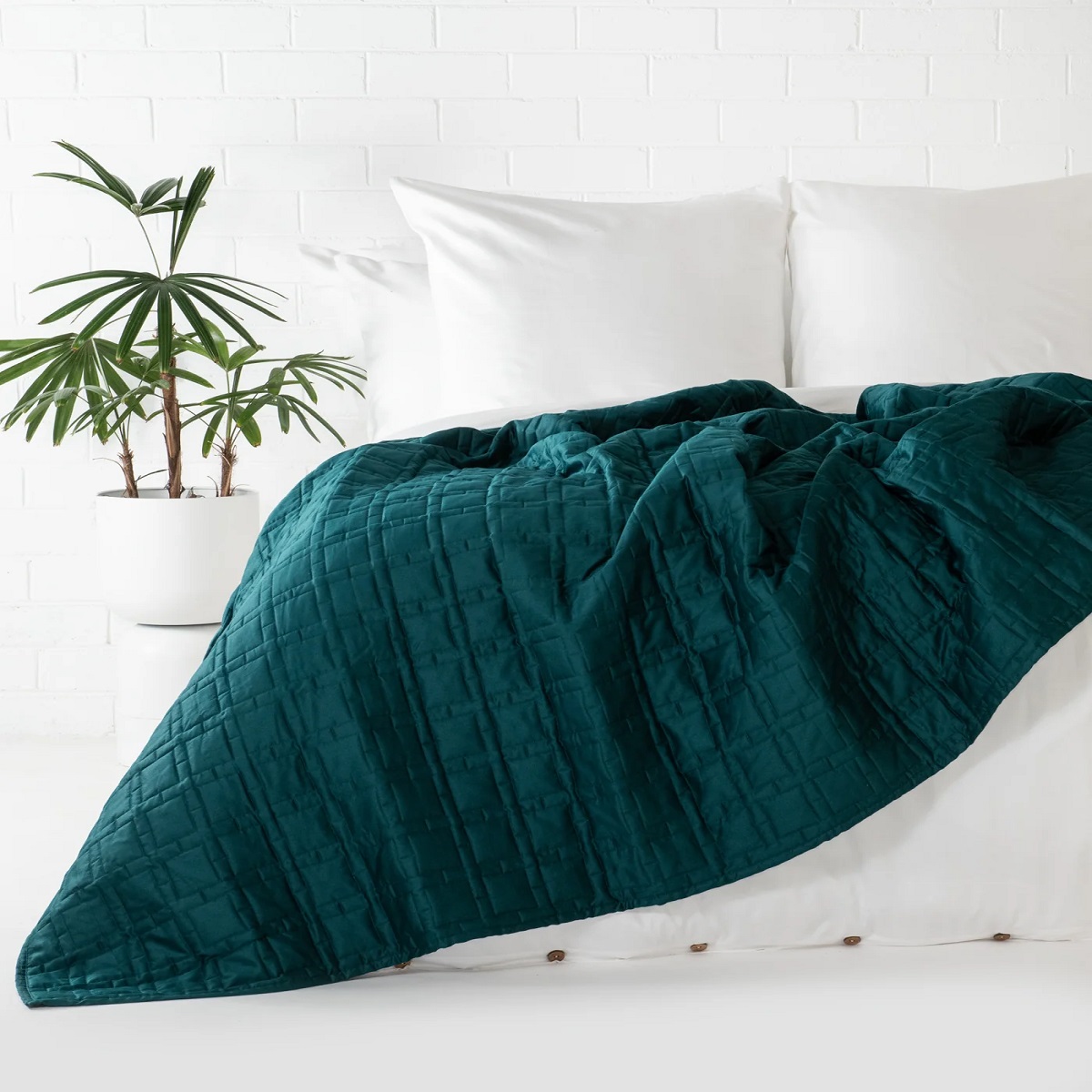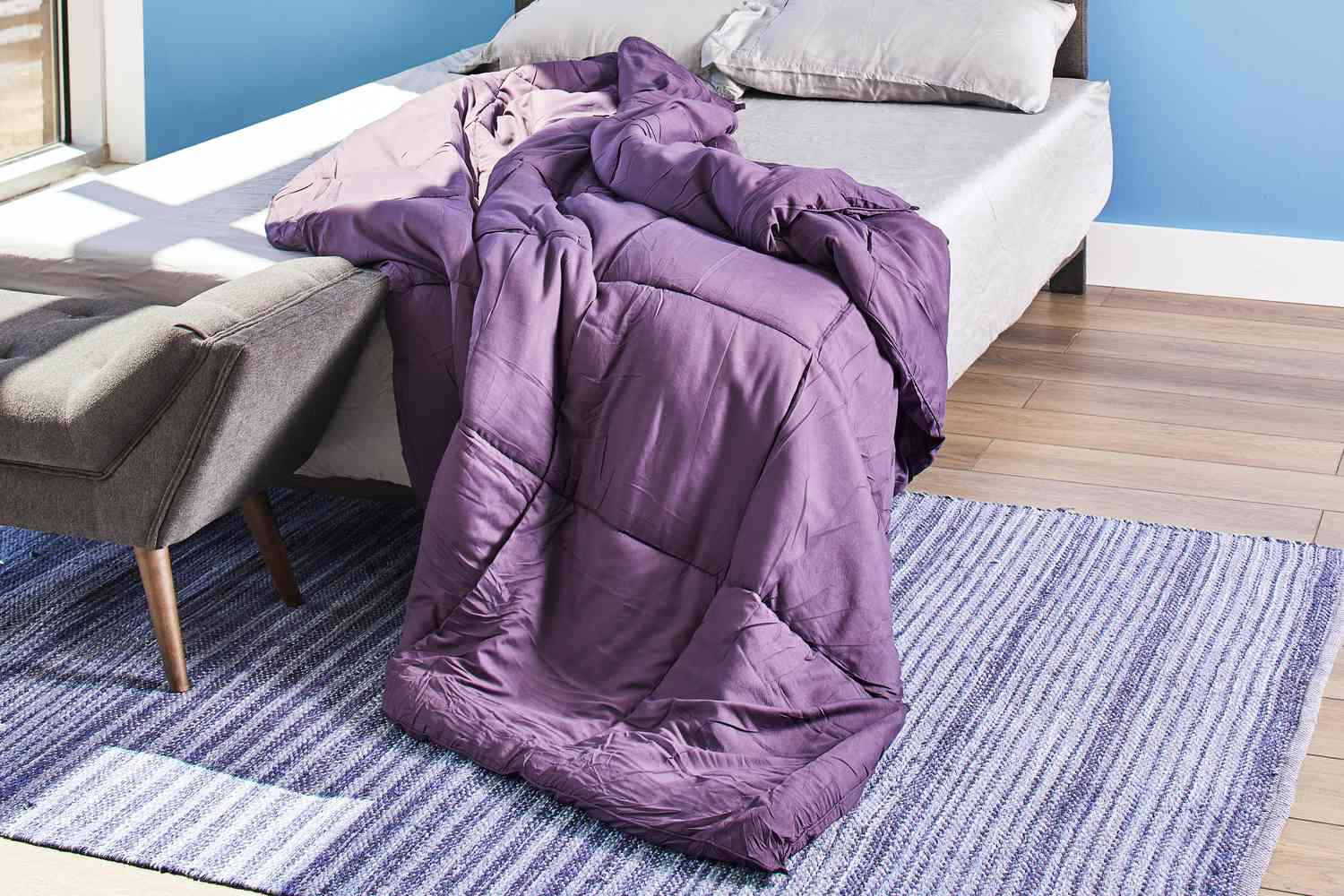Home>Articles>What Is The Difference Between A Rug And A Carpet
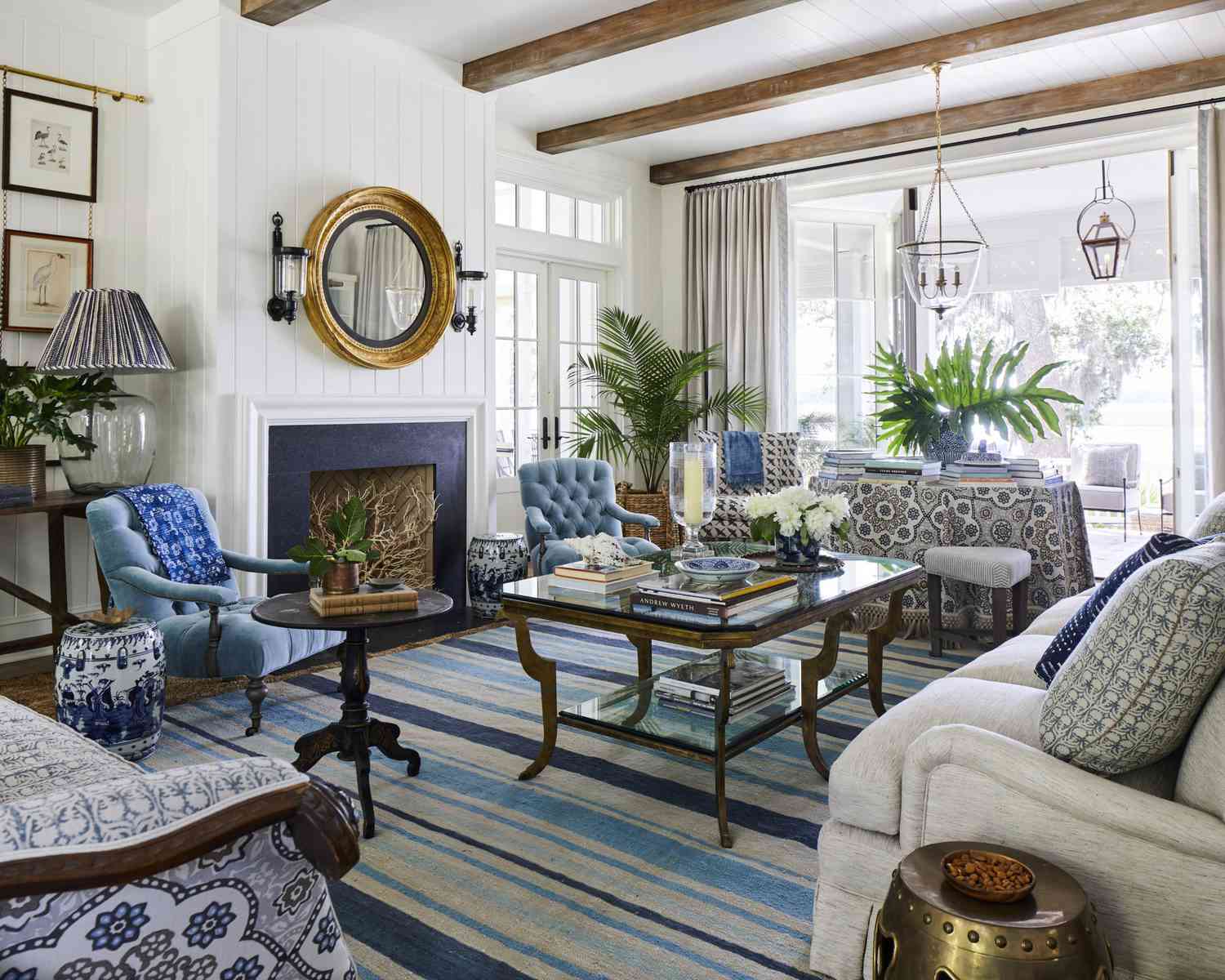

Articles
What Is The Difference Between A Rug And A Carpet
Modified: January 18, 2024
Discover the distinction between a rug and a carpet in this insightful article. Learn about their unique features and find out which one suits your needs.
(Many of the links in this article redirect to a specific reviewed product. Your purchase of these products through affiliate links helps to generate commission for Storables.com, at no extra cost. Learn more)
Introduction
When it comes to furnishing our homes, one of the most important decisions we make is selecting the right floor covering. Often terms like “rug” and “carpet” are used interchangeably, but they actually refer to two distinct types of floor coverings. While both serve the purpose of adding warmth, comfort, and style to a space, there are key differences that set them apart.
In this article, we will delve into the difference between a rug and a carpet, exploring their definitions, construction, size, placement, functionality, design, maintenance, and cost. By understanding these aspects, you will be equipped with the knowledge to choose the most suitable floor covering for your needs and preferences.
Key Takeaways:
- Rugs offer versatility, mobility, and endless design options, making them ideal for defining spaces, adding visual interest, and providing comfort and warmth in any room.
- Carpets provide a unified, cozy look, insulation, and sound absorption, contributing to energy efficiency and creating a visually cohesive space for a comfortable and inviting home.
Definition of a Rug
A rug is a term used to describe a textile floor covering that is typically smaller in size compared to a carpet. Rugs are often handcrafted and made from various materials such as wool, cotton, silk, or synthetic fibers. They can come in various shapes, including rectangular, square, round, or even irregular shapes.
Rugs are versatile and can be used in different areas of the home, such as the living room, bedroom, dining room, or even in hallways and entryways. They are usually placed on top of a hard floor surface, such as hardwood, tile, or laminate, to add warmth, texture, and style to the space.
One of the defining characteristics of a rug is its ability to be easily moved and rearranged. Unlike carpets, which are usually fixed in place, rugs can be transported and placed in different areas of the home, offering flexibility in design and functionality.
Rugs can serve multiple purposes. They can define specific areas within a larger space, such as creating a cozy seating area in the living room or a comfortable workspace in the office. They can also be used to add visual interest, complement existing décor, or provide extra cushioning underfoot for comfort.
Furthermore, rugs can be found in a wide range of designs, patterns, and colors, offering endless possibilities to match any interior style. Whether you prefer a traditional, modern, or eclectic look, there is a rug out there to suit your taste and enhance the ambiance of your space.
Overall, rugs provide a practical and decorative solution for adding warmth, texture, and personality to a room. With their versatility and wide array of options, rugs are an essential element in interior design and can truly transform the look and feel of a space.
Definition of a Carpet
A carpet is a larger floor covering that typically covers the entire surface area of a room. Unlike rugs, which are easily movable, carpets are installed and secured to the floor, either through adhesive or stretching and tacking down the edges. They are commonly made from materials such as wool, nylon, polyester, or a blend of fibers.
Carpet construction involves the weaving or tufting of fibers into a backing material. These fibers, known as pile, can vary in length and density, resulting in different textures and levels of softness. Carpets can range from low-pile options, which have shorter and denser fibers, to high-pile options, which have longer and more plush fibers.
With their wall-to-wall coverage, carpets provide a unified and cozy look to a room. They can be installed in various spaces, including living rooms, bedrooms, hallways, and even staircases. Carpets also offer sound insulation and can help to reduce noise levels in a home by absorbing sound vibrations.
One of the advantages of carpets is their ability to provide insulation and improve the energy efficiency of a space. They act as a thermal barrier, helping to trap heat during colder months and keeping the room warmer. Additionally, carpets can offer a soft and comfortable surface to walk on, reducing strain on the feet and joints.
When it comes to design options, carpets offer a wide range of choices. From neutral tones and solid colors to intricate patterns and bold designs, there is a carpet available to suit every style and preference. Carpets can be used as a focal point or as a complementary element to the overall design scheme of a room.
However, carpets do require regular care and maintenance to keep them in good condition. Vacuuming and occasional professional cleaning are necessary to remove dirt, dust, and allergens that can accumulate within the fibers. It is important to keep carpets clean to maintain a healthy and hygienic living environment.
In terms of cost, carpets tend to be a larger investment compared to rugs due to their larger size and installation requirements. The cost can vary depending on factors such as the quality of materials, pile height, and additional features like stain resistance or special treatments.
Overall, carpets offer a durable, comfortable, and unified flooring solution that can enhance the aesthetics and functionality of a space. Their wall-to-wall coverage, insulative properties, and wide range of design options make carpets a popular choice for homeowners looking to create a cozy and inviting environment.
Construction
The construction of rugs and carpets is an important factor to consider when understanding the difference between the two. While they both involve the use of fibers, the construction methods vary.
Rugs are often crafted using traditional techniques such as hand-knotting or hand-tufting. Hand-knotted rugs are meticulously made by tying individual knots to create the design and pile. This process can be time-consuming but results in a high-quality, durable rug with intricate patterns and textures. On the other hand, hand-tufted rugs are created by tufting yarn into a backing material using a specialized tool. This method allows for faster production and can result in a variety of pile heights and textures.
Carpets, on the other hand, are manufactured using industrial methods such as weaving or tufting. Woven carpets are created by interlacing the warp and weft fibers on a loom, resulting in a tight and durable structure. Tufted carpets, on the other hand, are made by inserting yarns into a backing material and securing them with adhesive or stitching. This method allows for faster and more efficient production, making tufted carpets a popular choice for larger installations.
The construction method used for rugs and carpets can affect various aspects such as durability, texture, and price. Handcrafted rugs tend to be more expensive due to the intricate labor involved, while machine-made carpets offer a more affordable option for larger areas.
Furthermore, the construction affects the overall feel and texture of the floor covering. Hand-knotted rugs, for example, have a luxurious and plush texture due to their dense pile, while tufted carpets can vary in pile height and softness depending on the materials used.
When selecting a rug or carpet, it is important to consider the construction method and how it aligns with your preferences and needs. Whether you value the intricate craftsmanship of a hand-knotted rug or the efficiency and affordability of a machine-made carpet, understanding the construction techniques will help you make an informed decision.
Size and Shape
The size and shape of rugs and carpets play a significant role in their placement and suitability for different areas of the home.
Rugs come in various sizes, ranging from small accent rugs to larger area rugs. Accent rugs are typically smaller, measuring around 2×3 feet or even smaller, and are often used to add a pop of color or texture to specific areas like entryways or beside beds. Area rugs, on the other hand, can be much larger, covering a significant portion of the floor in a room. Common area rug sizes include 5×8 feet, 8×10 feet, or even larger dimensions. The size of the rug will depend on the size of the room and the desired coverage.
Carpets, on the other hand, are usually larger and cover the entire floor area of a room from wall to wall. While they can be customized to fit specific room dimensions, carpets typically come in standard widths, such as 12 feet or 15 feet, and can be cut to the desired length. The size of the carpet will depend on the dimensions of the room and the desired wall-to-wall coverage.
When it comes to shape, rugs offer more versatility. They can be found in various shapes including rectangular, square, round, oval, and even irregular shapes. The shape of the rug can be chosen to complement the overall design of the room or to define specific areas within a larger space. For example, a round rug can be used to create a cozy seating area in a living room, while a rectangular rug can be placed under a dining table to anchor the space.
Carpets, on the other hand, are typically rectangular or square in shape to align with the dimensions of the room. They are designed to cover the entire floor area uniformly, creating a seamless and consistent look.
When selecting a rug or carpet, it is important to consider the size and shape that will best suit your space and needs. Think about the dimensions of the room, the furniture layout, and the overall design scheme to determine the appropriate size and shape of the floor covering.
Read more: What Are The Different Types Of Rugs
Placement
The placement of rugs and carpets within a home can greatly impact the overall aesthetic and functionality of the space. Understanding the ideal placement for each type of floor covering is crucial in creating a harmonious and well-designed interior.
Rugs are versatile in their placement options. They can be used to define specific areas within a larger space, such as creating a seating area in the living room or a workspace in the office. Placing a rug under furniture, such as a coffee table or dining table, helps to anchor the furniture and visually delineate the area. Rugs can also be used to soften the look of hard floors like hardwood or tile, adding warmth and comfort underfoot. In hallways or entryways, rugs can serve as a stylish and functional solution to catch dirt and debris, preventing it from being tracked further into the home.
Carpets, on the other hand, are typically installed wall-to-wall, covering the entire floor area of a room. They are commonly used in bedrooms, living rooms, and other spaces where a cohesive and unified flooring surface is desired. Carpets create a sense of continuity and flow, making the room feel more connected and cozy. Additionally, carpets can help reduce noise levels as they absorb sound vibrations, making them ideal for spaces where noise control is important.
When placing rugs or carpets, it is important to consider the furniture layout and the overall design of the space. For rugs, ensure that the size and shape of the rug are proportionate to the furniture and room dimensions. In the case of carpets, proper installation is key to achieving a smooth and seamless look. Consider the traffic flow in the room and ensure that the edges of the carpet are securely fastened for safety.
Furthermore, both rugs and carpets should be placed on clean and dry floors to prevent any potential damage or moisture issues. It is also important to consider the function of the space and select a rug or carpet that can withstand the demands of everyday use. In high-traffic areas, choose durable and stain-resistant materials that can withstand heavy foot traffic.
Ultimately, the placement of rugs and carpets should enhance the overall design, provide comfort, and serve the specific needs of the space. By carefully considering their placement, you can create a visually appealing and functional environment that reflects your personal style and enhances the ambiance of your home.
When differentiating between a rug and a carpet, consider the size and purpose. Rugs are smaller, often used as decorative pieces, while carpets cover larger areas and are more functional for insulation and noise reduction.
Functionality
The functionality of rugs and carpets is an important aspect to consider when choosing the right floor covering for your home. Both rugs and carpets offer various functional benefits that can enhance the comfort and user experience of a space.
Rugs serve multiple practical purposes. They can provide insulation, especially when placed on hard floors, helping to regulate temperature and keep the room warm. Rugs also offer a soft and comfortable surface to walk on, reducing strain on the feet and joints. In areas where standing for long periods of time is common, such as the kitchen or a standing desk area, placing a cushioned mat or rug can provide added comfort and support.
Another functional aspect of rugs is their ability to absorb sound. The fibers of a rug help to dampen noise and reduce echoing in a room, making them ideal for areas where noise control is necessary, such as bedrooms, home offices, or living rooms.
Furthermore, rugs can protect the underlying floor from damage, scratches, and wear. They act as a barrier between furniture and the floor surface, preventing scratches and indentations. Rugs placed in high-traffic areas can help preserve the quality and appearance of the floor beneath.
Carpets, with their wall-to-wall coverage, offer a range of functional benefits. They provide a unified and seamless surface that can be more comfortable to walk on, especially for children and pets who spend a lot of time playing on the floor. Carpets also act as an excellent insulator, helping to trap heat and reduce energy loss. This can result in energy savings by keeping the room warmer during colder months.
In addition, carpets offer thermal and acoustic insulation. The dense fibers help to absorb and reduce noise, making the environment quieter and more peaceful. Carpeted floors also provide a layer of insulation against sound transmission between floors of a multi-level home or condominium.
From a safety perspective, both rugs and carpets can contribute to a safer living environment. They provide a non-slip surface, reducing the risk of slip and fall accidents. Additionally, the cushioning provided by rugs and carpets can help mitigate the impact of falls, especially for young children or elderly individuals.
Ultimately, the functionality of rugs and carpets extends beyond aesthetics, providing comfort, insulation, sound reduction, protection, and safety. Considering the specific needs and requirements of each space will help determine the most suitable floor covering that will enhance the functionality of your home.
Design and Style
When it comes to design and style, both rugs and carpets offer a wide range of options to cater to different tastes and complement various interior aesthetics. The design and style of the floor covering can greatly influence the overall look and ambiance of a space.
Rugs come in an extensive array of design choices, ranging from classic and traditional patterns to contemporary and modern designs. They can feature intricate motifs, geometric patterns, floral designs, abstract art, or even novelty prints. The choice of design depends on personal preference and the desired mood of the room. Rugs can be used as a focal point, adding a pop of color or creating visual interest. Alternatively, they can blend harmoniously with the existing décor, providing a cohesive and balanced look.
Carpets also offer a wide selection of designs and styles to suit different interior aesthetics. From solid and neutral colors to textured patterns, carpets can be tailored to match any design scheme. They can provide a backdrop for the furniture and décor, allowing them to take center stage, or they can act as a statement piece by featuring bold patterns or rich colors.
When choosing the design and style of a rug or carpet, consider the overall theme of the room and its existing elements such as furniture, wall color, and accessories. Ensure that the floor covering harmonizes with the rest of the space, creating a cohesive and visually pleasing environment.
Additionally, the choice of material can influence the design and style. Natural materials like wool or silk can offer a luxurious and elegant look, while synthetic fibers can provide a more affordable and durable option. The texture of the floor covering can also play a role in the design and style. For instance, a high-pile shag rug can add a cozy and inviting texture to a living room, while a low-pile carpet can lend a sleek and contemporary feel to a bedroom.
Ultimately, the design and style of rugs and carpets offer endless possibilities for personal expression and creativity. By choosing a floor covering that aligns with your personal style and complements your existing interior décor, you can create a space that is visually stunning and reflective of your unique taste and personality.
Maintenance and Cleaning
Maintenance and cleaning are essential aspects to consider when it comes to preserving the beauty and longevity of rugs and carpets. Proper care not only helps to maintain their appearance but also ensures a healthy and hygienic living environment.
Rugs require regular maintenance to keep them in good condition. A key aspect of rug maintenance is regular vacuuming to remove dirt, dust, and debris that can accumulate within the fibers. It is recommended to vacuum rugs at least once a week, or more frequently in high-traffic areas. Using a vacuum cleaner with adjustable settings to match the rug’s pile height is important to achieve effective cleaning without causing any damage.
In addition to regular vacuuming, it is advisable to rotate rugs periodically to promote even wear. This is especially important for rugs placed in areas with heavy foot traffic. Rotating the rug will help distribute the weight and prevent uneven wear and tear.
When it comes to cleaning spills and stains, it is important to act quickly to prevent them from setting into the fibers. Blotting the spill with a clean cloth or paper towel is the recommended approach, avoiding rubbing as it may spread the stain. For tougher stains, it may be necessary to seek professional cleaning services to ensure proper removal without damaging the rug.
Carpets also require regular maintenance to keep them clean and in good condition. Vacuuming carpets on a regular basis, preferably weekly, helps to remove dirt, dust, and allergens that can accumulate within the fibers. It is important to use a vacuum cleaner with appropriate attachments to effectively clean the entire surface, including the edges and corners.
In addition to regular vacuuming, carpets may benefit from professional deep cleaning. This can be done once or twice a year, depending on the level of foot traffic and the condition of the carpet. Deep cleaning methods, such as steam cleaning or hot water extraction, can effectively remove deep-seated dirt and stains, rejuvenating the carpet’s appearance.
It is worth noting that certain materials and construction methods may require specific maintenance. For example, certain types of rugs may require specialized cleaning techniques, such as dry cleaning or professional hand washing. Similarly, some carpets may have manufacturer’s guidelines for maintenance and cleaning that should be followed to ensure warranty validity and optimal performance.
In summary, regular maintenance and proper cleaning are crucial for preserving the life and appearance of rugs and carpets. By following recommended cleaning practices and addressing spills and stains promptly, you can enjoy beautiful, clean floor coverings that enhance the overall aesthetics and hygiene of your home.
Cost
The cost of rugs and carpets can vary significantly depending on various factors such as size, material, construction, design, and brand. Understanding the cost considerations can help you make a well-informed decision based on your budget and requirements.
Rugs come in a wide range of price points, from affordable options to luxury pieces. The cost of a rug is influenced by factors such as the size, material, craftsmanship, and design intricacy. Hand-knotted rugs, for example, are typically more expensive due to their labor-intensive production process and high-quality materials. Machine-made rugs, on the other hand, offer a more affordable option while still providing a wide selection of design choices.
When it comes to carpets, the cost is primarily determined by the size of the room and the quality of the carpet. Good quality carpets made from durable and luxurious materials may be more expensive, but they can offer long-term value and durability. Additionally, additional features such as stain resistance or special treatments may also contribute to the overall cost.
It is important to consider both the upfront cost and the long-term investment when it comes to choosing between rugs and carpets. While rugs may be cheaper initially, they may require more frequent replacement or maintenance. Carpets, on the other hand, may have a higher upfront cost but can offer long-term value and durability.
Another cost consideration is the installation. Carpets often require professional installation, which adds to the overall cost. This includes services such as measuring, cutting, and securing the carpet to the floor. Rugs, on the other hand, do not require installation and can be easily moved and rearranged, eliminating any additional installation costs.
Ultimately, it is important to establish a budget and consider the long-term value and durability when making a decision. Assess your needs, preferences, and lifestyle to determine the most suitable floor covering that aligns with your budgetary constraints.
Additionally, it is worth exploring different retailers, comparing prices, and considering sales or promotions to find the best deal without compromising on quality. Keep in mind that investing in a high-quality rug or carpet can provide long-lasting beauty and functionality, making it a worthwhile investment in your home.
Conclusion
In conclusion, understanding the differences between rugs and carpets is essential for selecting the right floor covering for your home. While both rugs and carpets serve the purpose of adding warmth, comfort, and style to a space, there are distinct characteristics that set them apart.
Rugs are smaller in size, easily movable, and offer versatility in terms of placement and design. They can be used to define specific areas, add visual interest, and provide additional cushioning. With a wide range of materials, patterns, and sizes available, rugs offer endless possibilities to enhance the aesthetics of any room.
Carpets, on the other hand, are larger in size and tend to be fixed to the floor. They offer a unified and cozy look, providing insulation, sound absorption, and a comfortable surface for walking. Carpets are an excellent choice for creating a visually cohesive space and can contribute to energy efficiency and noise reduction.
When selecting a rug or carpet, consider factors such as construction, size and shape, placement, functionality, design, maintenance, and cost. These considerations will help you make an informed decision based on your personal preferences, budget, and specific needs of each space.
Remember that proper maintenance and cleaning are key to preserving the beauty and longevity of both rugs and carpets. Regular vacuuming, prompt treatment of spills and stains, and occasional professional cleaning are essential for keeping them clean and in good condition.
Whether you choose a vibrant rug to make a statement or a plush carpet to create a cozy atmosphere, both options can transform the look and feel of your home. Embrace the versatility, comfort, and style offered by rugs and carpets to create a space that is not only beautiful but also functional and inviting.
Ultimately, the choice between a rug and a carpet should be based on your personal preferences, lifestyle, budget, and the specific needs of each room. By considering these factors and understanding the unique characteristics of each floor covering, you can create a home that truly reflects your style and enhances your everyday living experience.
Frequently Asked Questions about What Is The Difference Between A Rug And A Carpet
Was this page helpful?
At Storables.com, we guarantee accurate and reliable information. Our content, validated by Expert Board Contributors, is crafted following stringent Editorial Policies. We're committed to providing you with well-researched, expert-backed insights for all your informational needs.




